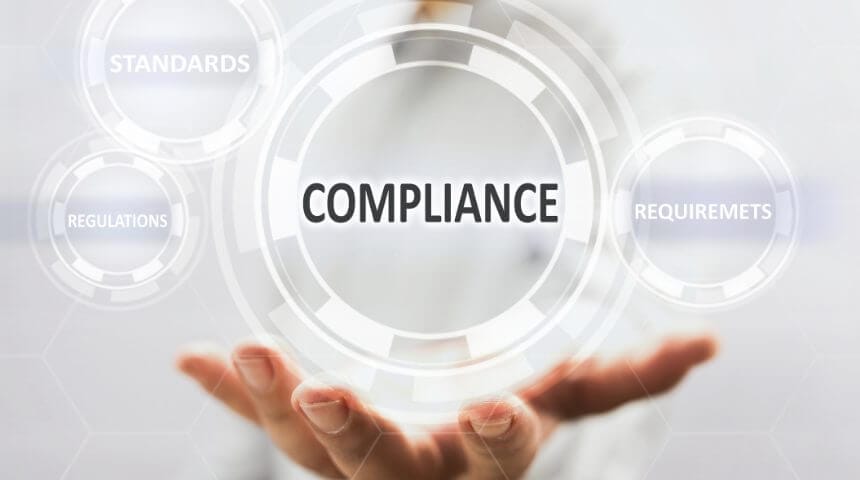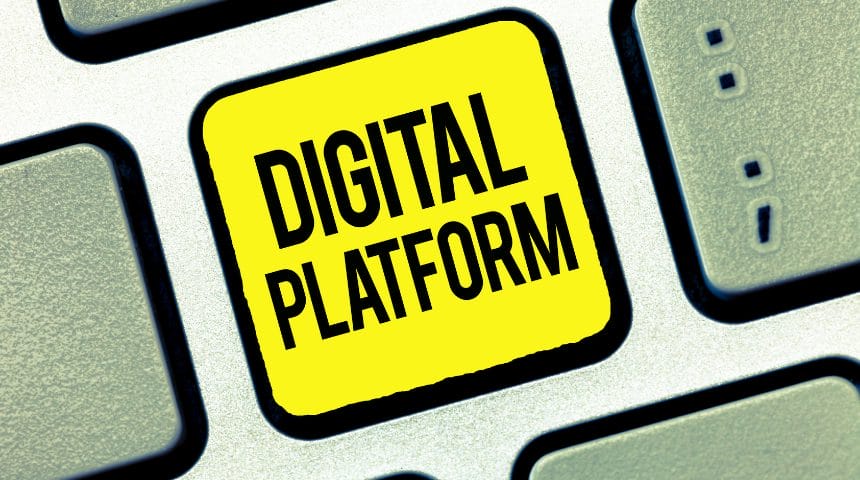We would be hard-pressed to research the past and find a robust option pool of supply chain systems or supply chain management (SCM) solutions. The world had ERPs, which you tended to budget for and look for. Apart from other variances, one of the main differentiators between ERPs and SCMs is that ERPs focus more on operations internal to the business. On the contrary, SCM tools focus as much and more on also bringing in external suppliers, participants, and data.
Given the increased complexity of global supply chains, businesses cannot function effectively without the digital integration of external vendors. In our increasingly remote world, systems built for higher quality collaboration win. Hence, supply chain management tools have become mission-critical as a superset over ERPs, or at minimum running in conjunction with ERPs.
Listed below are some of the trends across modern SCM software and tools.
Powerful in Analytics and AI

With internal and external players transacting and collaborating in real-time, the amount of structured and unstructured data collected by supply chain systems is enormous. Providing powerful front-end report builders and a brilliant user analytics user interface to slice, dice, and make sense of the data is a differentiator and a trend amongst modern SCM tools. Added differentiations are optimization and predictive engines that ingest accumulating historical data and layer with other data sets to provide proactive intelligence on critical decisions. For example, changing supply to match dynamic demand signal shocks (like COVID), predicting sales and assigning to a multi-sourcing factory strategy per forecasted sales, etc.
Value chain as the superset of supply chain

For the longest time, the supply chain seemed implicitly assumed to be outbound operations: from the point of product produced to shipped and delivered to the customer and associated order management and tracking. We see a critical shift in the addition of the inbound supply chain and players. More appropriately, with the advent of this trend, to call the supply chain a subset of the value chain. Such systems allow any party that directly and indirectly interacts with your product or service to participate in the collaboration ecosystem. That could mean that while the order was previously issued to the tier 1 supplier, modern SCMs allow companies to profile, track, and track tier 2, tier 3 up to tier N suppliers. The full value chain coral reef digitized – we love this trend!
Supply chain compliance and governance factored in

There are considerable advantages in digitally integrating external partners. However, with that assimilation comes the need and onus to ensure governance and compliance on non-negotiable rules. Quality SCM tools have recognized that monitoring compliance digitally is crucial for all companies and has built-in this functionality accordingly. Inbound value chain raw material suppliers, tier 1s through tier Ns, and outbound shippers and freight forwarders have rateable profiles and are monitored in real-time. These scoring and review systems boot out the offenders as soon as exceptions are noticed, reducing the risk of unknowingly working with non-compliant vendors.
The analog world converted to digital identities and digital assets

Everything analog has a digital twin in SCM systems. This shift significantly impacts business operations and metrics: all asset creation, tracking, monitoring, and collaboration converted from the analog to the digital. Every participant has a digital profile, every file is digital, all communication is online and forever archived, and all transactions are monitored and reported digitally. This digitization of the supply chain is a trend that changes everything about the way we work, reducing risk, creating a high-class culture of collaboration across internal and external players while improving revenue and profits.
“Platformization” of the supply chain tech suite

At the start of this post, I covered the importance of SCM systems as an overarching tool or a complement to ERPs. Companies can quickly suffer from software shock with the addition of more systems. Too many systems working in silos do more harm than good, and it can cost companies millions running these beasts. Tech stacks across supply chains are trending towards becoming platforms. One player offers the bulk of the products needed to run all segments and operations across the value chain, or where an internal technology team rationalizes the existing tech stack to only retain those systems with open APIs that can plug and play effectively with the other systems. The trend of requiring internal and external data sets, processes, and participants to be interacting without borders is essential to existence.
All data in the cloud and a multi-public cloud strategy

I would wager there are no comparable data sets across the other operations of any business as voluminous as the data sets collected across the value chain. First, there are multiple and innumerable players externally; second, the types of data across transactional, structured, and unstructured are countless and complex; third, there is a far higher frequency of refresh across all the collaborations and transactions contributing to even more data. This means a scaling company can’t be storing and managing all this data on-premise. Not only are we seeing a permanent and smart shift to the cloud happening, but it is also still wiser to shift to a multi public cloud strategy. This strategy reduces dependence on any one cloud provider. This provides more leverage and flexibility, especially as data storage and hosting costs become more commoditized.
